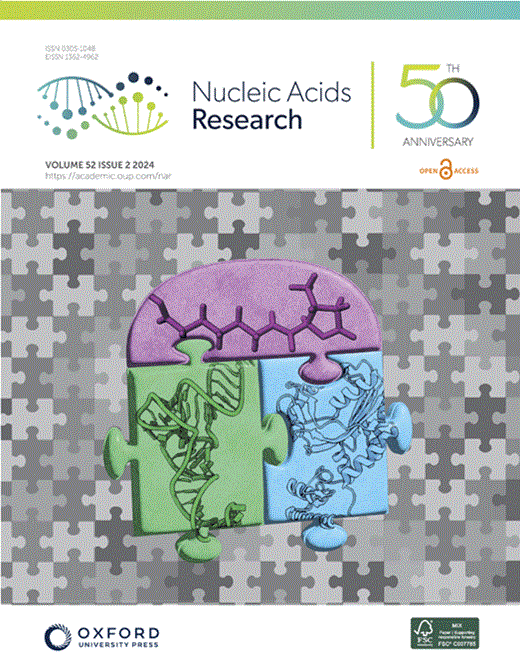Striving for clarity in language about gene expression
IF 13.1
2区 生物学
Q1 BIOCHEMISTRY & MOLECULAR BIOLOGY
引用次数: 0
Abstract
What do we mean when we say ‘gene expression’? In the decades following Crick's 1958 central dogma of molecular biology, whereby genetic information flows from DNA (genes) to RNA (transcripts) to protein (products), we have learned a great deal about DNA, RNA, proteins, and the ensuing phenotypic changes. With the advent of high-throughput technologies (1990s), molecular biologists and computer scientists forged critical collaborations to understand the vast amount of data being generated, rapidly escalating gene expression research to the ‘omics’ level: entire sets of genes (genomes), transcribed RNAs (transcriptomes), and synthesized proteins (proteomes). However, some concessions came to be made for molecular biologists and computer scientists to understand each other—one of the most prevalent being the increasingly widespread use of ‘gene’ to mean ‘RNAs originating from a DNA segment’. This loosening of terminology, we will argue, creates ambiguity and confusion. We propose guidelines to increase precision and clarity when communicating about gene expression, most notably to reserve ‘gene’ for the DNA template and ‘transcript’ for the RNA transcribed from that gene. Striving to use perspicuous terminology will promote rigorous gene expression science and accelerate discovery in this highly promising area of biology.努力提高基因表达语言的清晰度
我们说 "基因表达 "是什么意思?克里克于 1958 年提出了分子生物学的核心教条,即遗传信息从 DNA(基因)流向 RNA(转录本)再流向蛋白质(产物),在此之后的几十年里,我们已经对 DNA、RNA、蛋白质以及随之而来的表型变化有了大量了解。随着高通量技术的出现(20 世纪 90 年代),分子生物学家和计算机科学家建立了重要的合作关系,以了解正在产生的大量数据,从而将基因表达研究迅速提升到 "全微观 "水平:整套基因(基因组)、转录 RNA(转录组)和合成蛋白质(蛋白质组)。然而,为了让分子生物学家和计算机科学家相互理解,他们不得不做出一些让步--其中最普遍的让步就是越来越广泛地使用 "基因 "来指代 "源自 DNA 片段的 RNA"。我们认为,这种术语上的松动造成了歧义和混淆。我们提出了在交流基因表达时提高准确性和清晰度的指导原则,其中最值得注意的是将 "基因 "保留给 DNA 模板,而将 "转录本 "保留给从该基因转录的 RNA。努力使用清晰的术语将促进严谨的基因表达科学,并加速这一极具潜力的生物学领域的发现。
本文章由计算机程序翻译,如有差异,请以英文原文为准。
求助全文
约1分钟内获得全文
求助全文
来源期刊

Nucleic Acids Research
生物-生化与分子生物学
CiteScore
27.10
自引率
4.70%
发文量
1057
审稿时长
2 months
期刊介绍:
Nucleic Acids Research (NAR) is a scientific journal that publishes research on various aspects of nucleic acids and proteins involved in nucleic acid metabolism and interactions. It covers areas such as chemistry and synthetic biology, computational biology, gene regulation, chromatin and epigenetics, genome integrity, repair and replication, genomics, molecular biology, nucleic acid enzymes, RNA, and structural biology. The journal also includes a Survey and Summary section for brief reviews. Additionally, each year, the first issue is dedicated to biological databases, and an issue in July focuses on web-based software resources for the biological community. Nucleic Acids Research is indexed by several services including Abstracts on Hygiene and Communicable Diseases, Animal Breeding Abstracts, Agricultural Engineering Abstracts, Agbiotech News and Information, BIOSIS Previews, CAB Abstracts, and EMBASE.
 求助内容:
求助内容: 应助结果提醒方式:
应助结果提醒方式:


